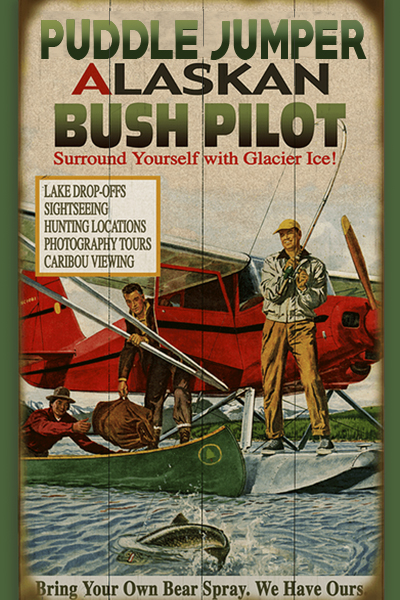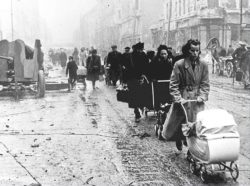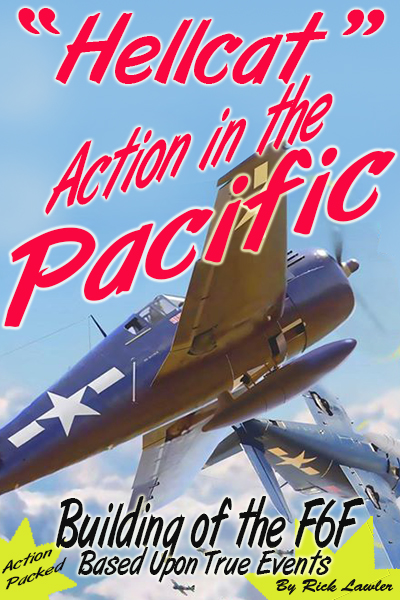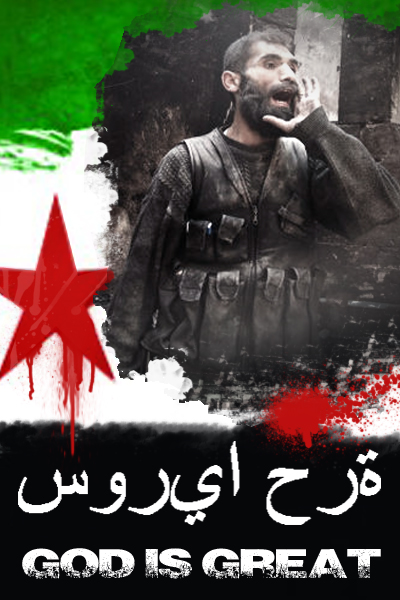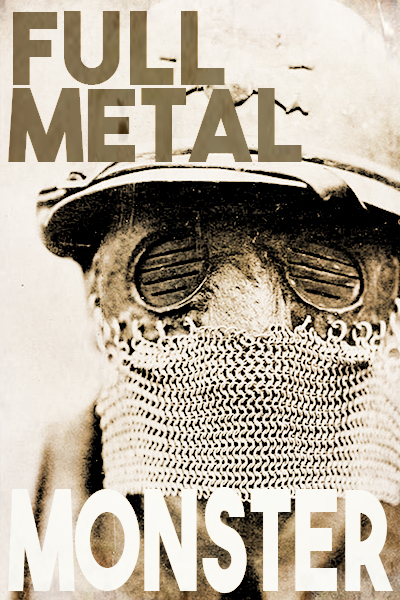 In a letter written in 1487, Leonardo da Vinci wrote the following;
In a letter written in 1487, Leonardo da Vinci wrote the following;
“I can make armored cars, safe and unassailable, which will enter the closed ranks of the enemy with their artillery, and no company of soldiers is so great that it will not break through them. And behind these our infantry will be able to follow quite unharmed and without any opposition.”
However, it wasn’t until 1915, following a demonstration of the Killen-Strait tractor, that a young First Lord of the Admiralty, Winston Churchill, pushed the sponsorship of the Landships Committee to investigate the potential of constructing a new weapon that, it was hoped, could to break the stalemate of trench warfare. In 1916, a massive iron beast (given the name “tank” to protect its’ secrecy) rumbled across the barren battlefield and into history.
Their first operational use was in September at Flers-Courcelette, but this first attempt was a near disaster. Most of the tanks broke down on their way, others bogged down in the mud. However, despite the lack of training of their crews, some managed to reach their designated objective, if only too few. Only 59 were part of this attack, most of them being captured afterward by the Germans. The first issues quickly arrived at the War Office. When they appeared however through the fog, they had an uncanny psychological effect on the German troops, which fled their trenches, leaving their machine guns. The distant roar and clinging of the tracks, and later the slow-moving masses emerging from the fog which resembled nothing built yet were enough. But their ability to take punishment and return fire was compelled by the fact the Germans were caught completely unaware of their existence. A real surprise achieved by the well-guarded secret behind the name that stuck ever since, the “tank”.

